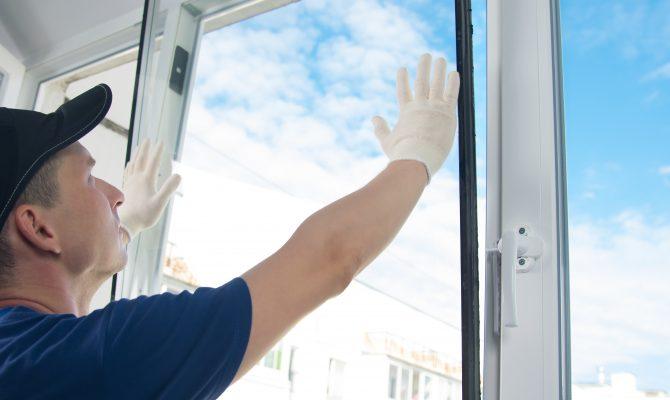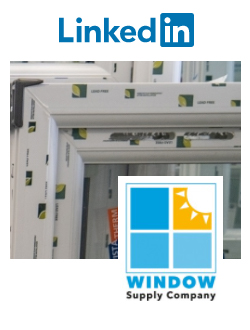How to Assess the Visual Quality Standard for Glass
A totally flawless piece of glass is extremely rare. If you look close enough at any piece of glass, you will almost certainly find a minor blemish. The question that has to be answered is - is the flaw or mark of such a nature that it spoils the appearance of the window?
In an attempt to resolve what can be a contentious issue, the Glass and Glazing Federation (GGF) has devised a test to enable both customers and glazing companies to examine their glass against an objective standard. This will help consumers to manage their expectations and assess any blemish or imperfection fairly and accurately.

Why assess your glass quality?
The manufacturing of glass is a complicated and specialised process. Although we accept that glass is effectively for looking through, not at, we believe that it is essential that more awareness be raised about the industry standards that outline certain allowances within glass.
This will allow our clients to understand the often complex processes that glass manufacturers follow, as well as passing a fair judgement on glass quality of their products.
Glass manufacturing
A glass manufacturing float line typically produces around 700 tonnes per day. The raw materials are mixed and melted down at high temperatures within a refractory lined furnace.
The molten raw materials are then floated on a bath of tin and moved through the float line to create a continuous ribbon of glass.
Most glass installed within buildings is manufactured from float glass in accordance with EN 572 - Glass in Building. In many installations the glass requires additional processing to provide the correct performance in terms of safety, security and energy requirements.
Glass can then be coated to provide a specified level of solar control or thermal insulation, screen printed, coated with ceramic frit or the surface altered, to provide decoration or privacy.
All of these additional processes involve changes to the original float glass product and usually results in varying amounts of alteration in the visual quality and appearance of the Products. This could be anything from small blemishes to mild blurring or warping.
Assessing the Visual Appearance and Acceptability of Glass
As with many aesthetic elements of any industry, “standard glass” means different things to different people.
What might be acceptable to one client could be a no-go in the mind of another. Without a set industry standard, it’s impossible for customers to set appropriate expectations.
Glass and Glazing Federation (GGF)
In response to this, the Glass and Glazing Federation (GGF) has attempted to set up a test to standardise the examining of glass for both customers and glazing companies.
Recommended guidelines
This test must be carried out in daylight rather than direct sunlight with no visible moisture on the glass. When inspecting the glass from the specified distance and angle, it’s crucial to note that the background beyond the window is viewed rather than the glass itself.
Therefore, should there be a distraction or a distortion in the view beyond by something like a scratch in the surface or a bubble in the body of the glass, this can be officially inspected to determine whether it can be classed as a defect under the referenced standards and specification.
The area which you are checking is the whole window with the exception of a 50mm (approximately 2 inch) wide band round the edge.
- Stand in a room no less than 2 metres away from a sealed unit and look directly through it. When inspecting toughened, laminated or coated glass, stand no less than three metres away
- Look through the glass, not at it. Look for disturbances in the background beyond the window, and note any imperfections or distortions
GGF guidelines specify that any flat transparent glass – such as laminated, toughened or coated - is acceptable if the following are neither obvious nor bunched together:
- Totally enclosed seeds
- Blisters
- Hairlines
- Blobs
- Fine scratches no more than 25mm (approximately 1 inch) long
- Minute embedded particles
However, if there is more extensive damage than the above, or there is obvious bunching, it’s time to get a professional in to evaluate the quality of your glass.
Please note that due to the way it is made, patterned glass is not governed by these guidelines.
Call Windows Supply Company and we can help
If you’re looking for a professional opinion, we can help. Our team has extensive experience over years of working in the industry, and so we’re best placed to carry out inspections and offer advice.
Just drop in at one of our trade counters or give us a call today. We look forward to hearing from you.
